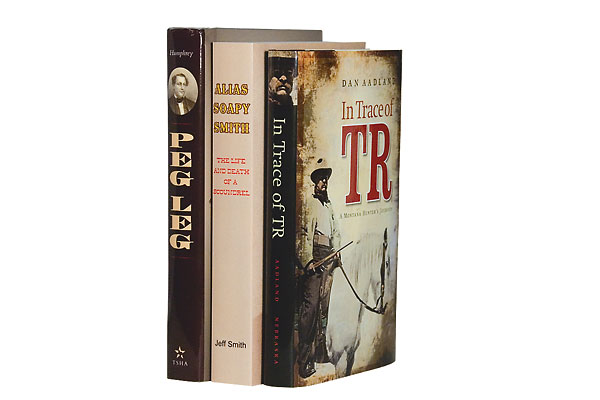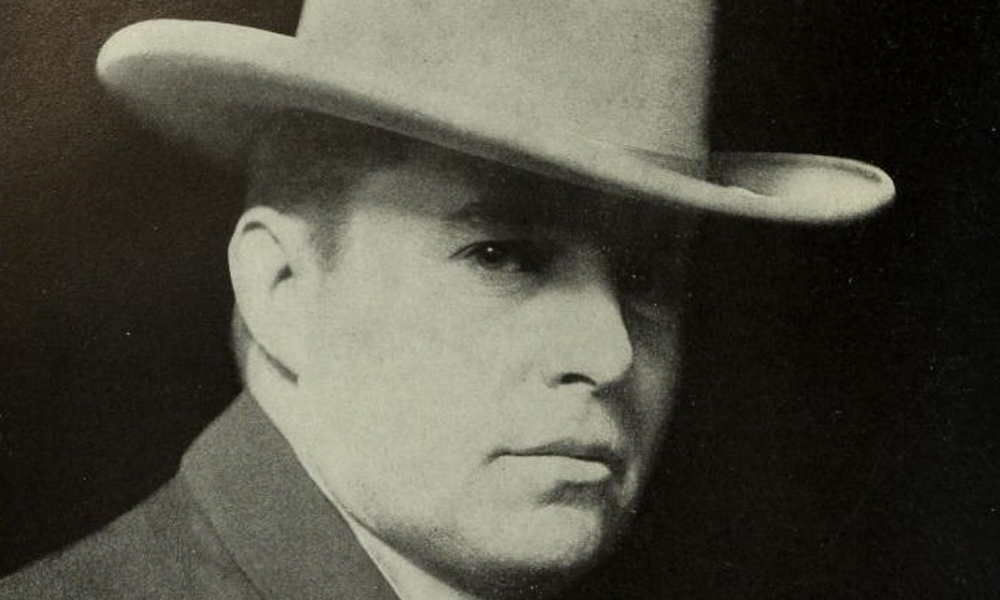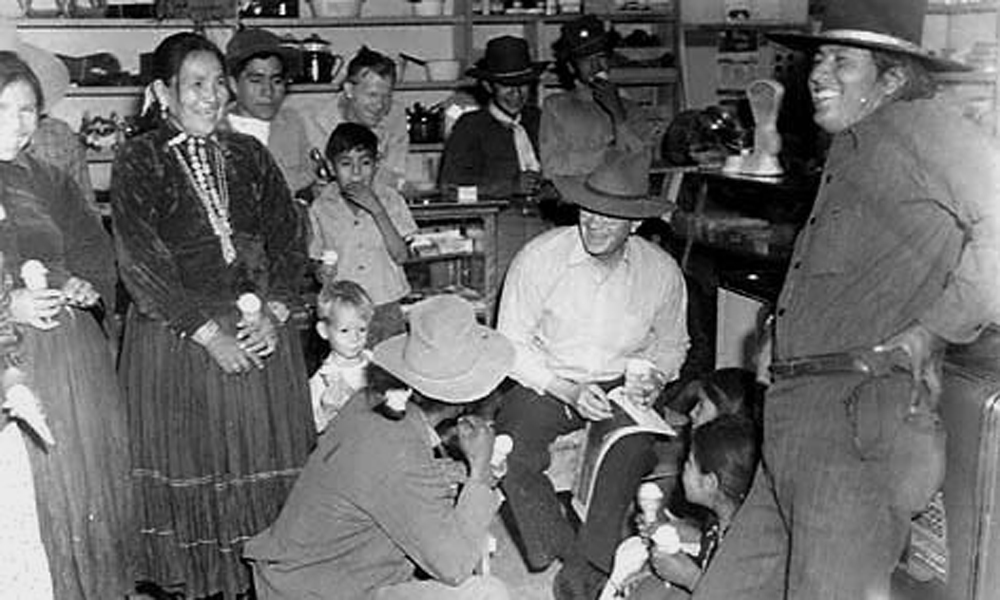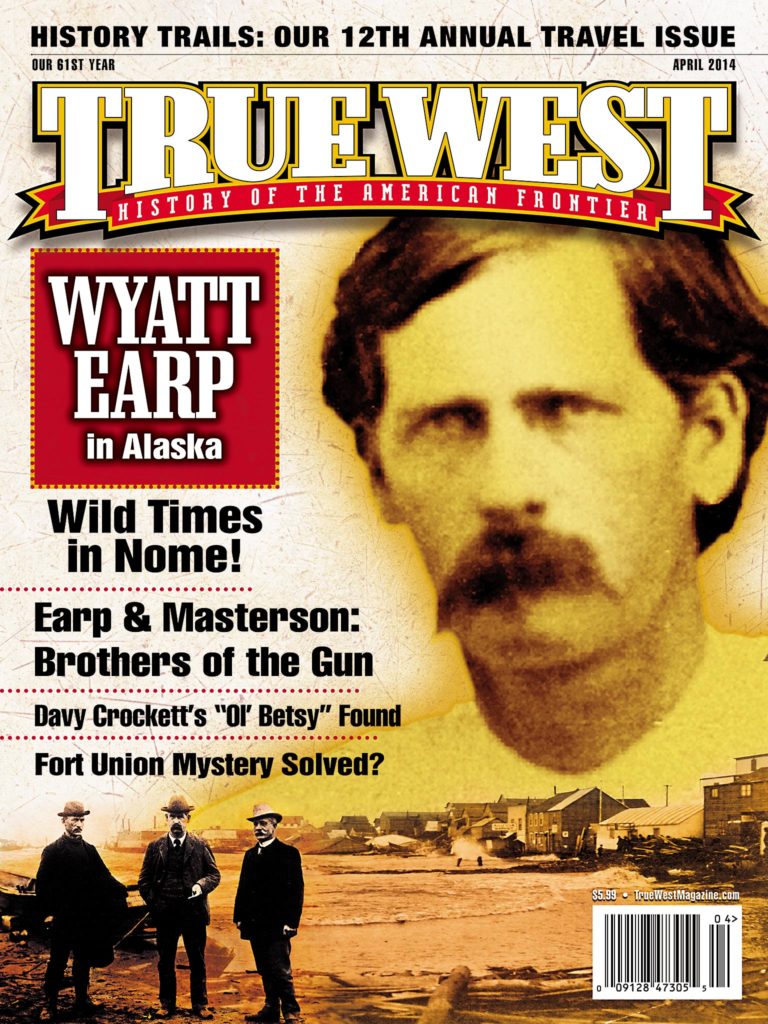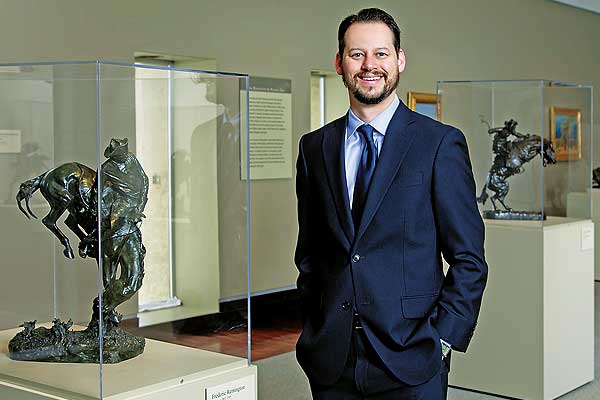 What most folks don’t know about Maynard Dixon is he spent most of his life and career in the metropolitan art center of San Francisco.
What most folks don’t know about Maynard Dixon is he spent most of his life and career in the metropolitan art center of San Francisco.
I fell in love with the West not long after backpacking two summers in Europe. Unlike most people who came home with a newfound interest in the Italian Renaissance or French Impressionism, I returned asking: what is my artistic heritage? My search ultimately brought me to the American West.
Old West history that fascinates me is migration, the stories of how and why certain groups of people settled in a particular area.
My favorite C.M. Russell artwork is the painting When Shadows Hint Death, owned by the Duquesne Club in Pittsburgh, which is one of the most conceptually sophisticated of any of his works. The Salute of the Robe Trade and Piegans are also among my favorite paintings, but I feel Russell’s best work may have been in the medium of watercolor
Charles Deas was one of America’s greatest mid-19th century painters whose career lasted a far too short 10 years.
A little-known, but fabulous, Western artwork is Alexander Phimister Proctor’s Indian Warrior. Very few know that it won a gold medal for sculpture at the 1900 Paris Exhibition. Not bad for an American artist—raised in Denver, Colorado, no less. I’m also an admirer of Marsden Hartley’s 1914 painting American Indian Symbols, at the Amon Carter Museum, which incorporates German Expressionism with a Western subject.
Some obscure Old West bronze sculptors people should pay attention to are Solon Borglum, Hermon Atkins MacNeil and Cyrus Dallin. Lassoing Wild Horses, by Borglum, is an ambitious tour de force, while MacNeil’s Moqui Prayer for Rain couples a classic runner’s pose with an exciting, exotic and uniquely American subject.
My favorite bronze in the “American West in Bronze, 1850-1925” exhibit is Cast #3 of Frederic Remington’s Cheyenne—not just because it is owned by the Denver Art Museum, but rather the quality of this cast is widely considered to be the artist’s greatest.
Although I am of the generation that saw Tombstone, All the Pretty Horses and No Country for Old Men, you can never beat The Man Who Shot Liberty Valance as the best Western movie ever.
My favorite Western book is Empire of the Summer Moon by S.C. Gwynne.
My biggest influences have been B. Byron Price, my professor in graduate school, and Peter Hassrick and Lewis Sharp, both retired from the Denver Art Museum; their incredible lessons about the museum profession still influence most of the decisions I make daily.
What most don’t know about me is I get fanatical about football, especially the University of Oklahoma Sooners.
History has taught me how many historical facts challenge our common perceptions. For example, almost as many people who migrated to California during and after the Gold Rush went by boat rather than a wagon across the plains. Not exactly our romantic idea of westward migration.
THOMAS BRENT SMITH, DIRECTOR OF PETRIE INSTITUTE AT DAM
As the director of the Petrie Institute of Western American Art at Denver Art Museum, Thomas Brent Smith brings with him Western art curatorial expertise from his years at the Tucson Museum of Art in Tucson, Arizona; the Buffalo Bill Center of the West in Cody, Wyoming; and the C.M. Russell Center at the University of Oklahoma in Norman. Smith and Thayer Tolles’s new exhibit, “American West in Bronze, 1850-1925,” is at the Metropolitan Museum of Art in New York City until April 13 and will move on to Denver Art Museum from May 11–August 31 before heading to China.


